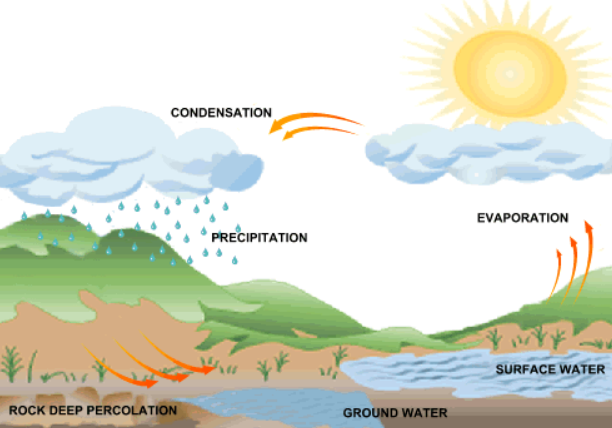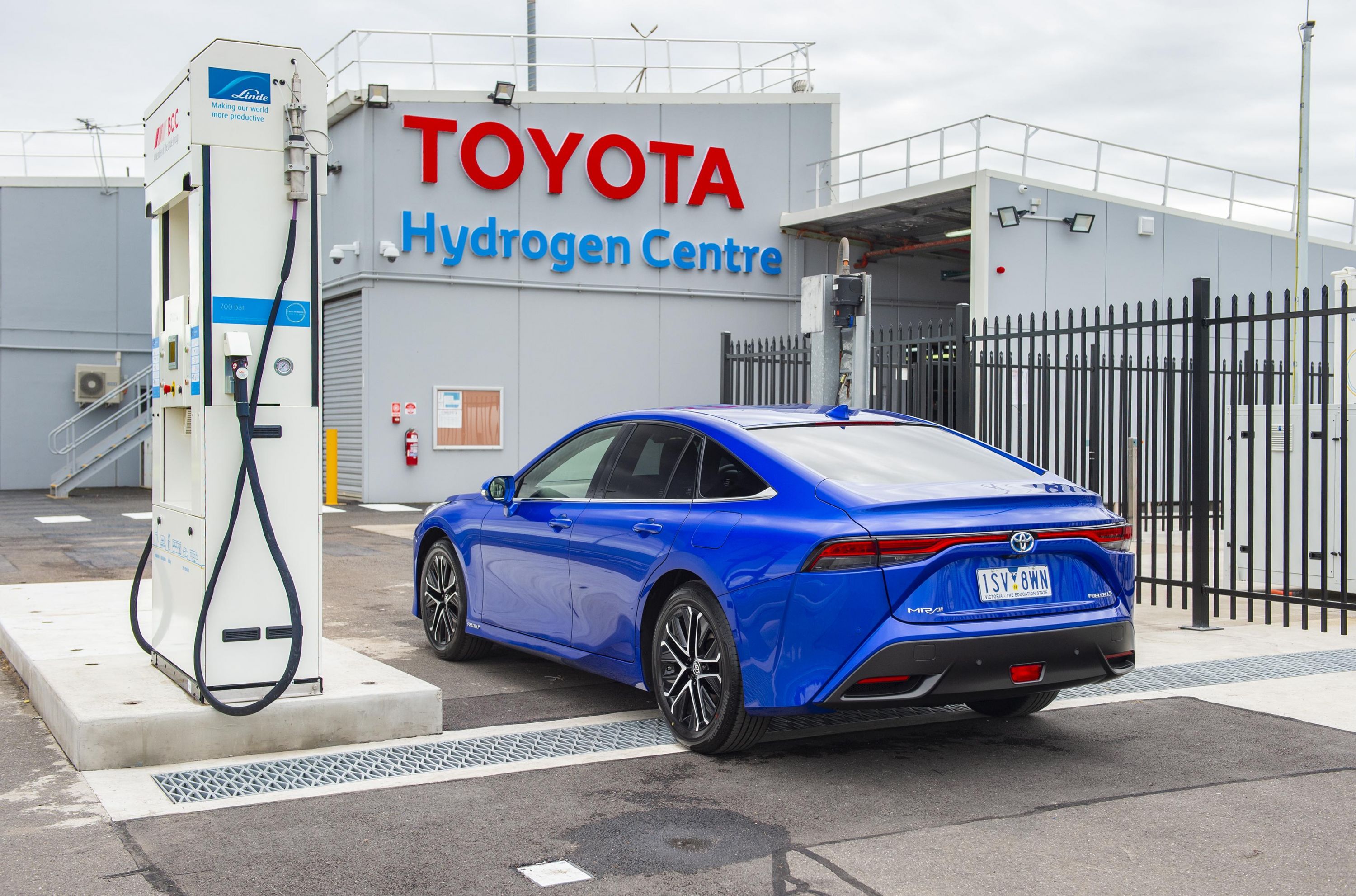When looking at ways to reduce our carbon footprint, people say taking public transportation or walking to work would be a great way to start. As of 2025, there are 1.644 billion cars in the world and 17% of those are in the United States. Because of this, cars and transportation are a huge contributor to climate change and global warming.

Gasoline isn’t our only option
Cars do not have to run on gasoline only! There are plenty of alternatives that are more environmentally friendly and will still get us to where we need to be.
CNG - Compressed Natural Gas
CNG is basically methane stored at an extremely high pressure. This, while it’s not perfect, could be a step in the right direction. It is known for being a cleaner burning and it’s safer to handle and transport.
Pros:
Improves life of lubricating oils within engine
Easier to mix with air
Produces less CO2, carbon monoxide, nitrogen oxides, and sulfur oxides.
Cons:
Biomass-derived Methane
Methane doesn’t have to be extracted from natural reserves, it can be obtained by fermenting biomass making this a renewable resource.
Pros:
Cons:
Hydrogen
This is the most promising alternative fuel because it is known to easily ignite. It also allows for a leaner fuel mixture to be run.
Pros:
Can be generated from water
Improves the engines efficiency
Cleaner and more complete burn since ignition temperature is lower
Releases less pollutants into our atmosphere
John Hansen says there is a 2 to 1 advantage in per mile fuel costs compared to gas engines.
Cons:
Can have premature ignition causing backfiring
More needs to be stored and at a high pressure
Has to be created by electrolyzing water which is expensive and complex
Water
A water engine signifies a potential shift away from hydrogen as a primarily green fuel. There are two kinds of engine systems that could be used when working with water, the water-cooling system and the dual injection system.
Water Cooling System:
Aizaz Khan writes, “By circulating water through the engine block and cylinder head, the system efficiently dissipates the immense heat from the combustion chambers. This cooling mechanism allows the use of lighter materials, such as aluminum, thereby reducing the vehicle’s overall weight and enhancing efficiency by permitting higher engine revs.”
Dual Injection System:
He also writes, “This system ensures optimal combustion regulation across all engine speeds. Direct injection involves delivering hydrogen directly into the cylinder, achieving complete combustion at higher engine speeds. This method ensures that a leaner hydrogen charge is supplied only when needed, maximizing efficiency and reducing emissions.”
Pros:
Cons:
Stanley Meyer was the first to invent the water powered car. After 20 years of research and dedication, he was able to convert tap water into enough hydrogen power that he said he drove from one side of the country to the other promising a future of non-polluting vehicles. This vehicle was created to be able to run on any water, tap, well, garden hose, and even salt water. In 1996, he demonstrated his invention.
On March 21st, 1998, Meyer was having lunch with his stepbrother and two potential Belgian investors when he took a sip of his cranberry juice, clutched his throat, and ran outside. His last words before passing away was “They poisoned me.” The coroner's report stated that he had died from a cerebral aneurysm. “Stephen Meyer insists his brother was murdered. After all, Meyer’s invention posed an incalculable threat to billions of oil industry dollars and untold fortunes, and he’d successfully resisted succumbing to numerous buyout offers. Additionally, the inventor had warded off pressure from numerous overseas visitors and weathered persistent government spying operations. And, perhaps not so strangely, those investors who dined with the Meyer brothers on that fateful day declined to offer so much as a condolence following Meyer’s demise.” Tasha Shayne wrote.
To learn more about Stanley Meyer’s death and how his waterpower car worked, please visit here and here.
There are many other alternative fuels that people have tried to run cars on that are not as common or as reliable. Some examples are:
Sawdust
Nuclear energy
Wood
Ammonia
Hydrogen powered cars
There are currently 17,000 or fewer hydrogen powered cars in the U.S. and all of them are in California. Electric vehicles are on the rise to bring down carbon emissions but not many people know about hydrogen cars and why they are important.
So, what is a hydrogen car? How does it work?
“A hydrogen fuel-cell vehicle (HFCV for short) uses the same kind of electric motor to turn the wheels that a battery-electric car does. But it's powered not by a large, heavy battery but by a fuel-cell stack in which pure hydrogen (H2) passes through a membrane to combine with oxygen (O2) from the air, producing the electricity that turns the wheels plus water vapor. What this means is that a fuel-cell vehicle is technically a series hybrid, which is why they are sometimes classified as fuel-cell hybrid electric vehicles (FCHEV).” (John Voelcker)
What kinds of cars are hydrogen cars?
Since 2015, there have been three car companies that have offered these cars, Honda Clarity Fuel Cell, Hyundai Nexo SUV, and Toyota Mirai. Although Honda has ended the production of all Clarity models, they are releasing a new hydrogen vehicle this year: the Honda CR-V e:FCEV. Toyota is the most devoted to hydrogen power as an alternative fuel having sold around 14,300 Mirai sedans.
Are Hydrogen cars safe?
These cars are widely considered to be as safe as any other car. Like a regular gasoline car, the hydrogen high pressure tanks are designed to withstand even the highest-speed crashes. While skeptics will reference the Hindenburg explosion of 1937, no injuries or deaths specific to hydrogen components have been recorded.
How can Hydrogen cars help solve the climate crisis?
Electric vehicles aren't the answer!! Yes, they may be “greener” by not contributing to emissions when running but that doesn’t mean they are green. Lithium-ion batteries which are used to power these electric vehicles are hard to recycle which adds to our preexisting e-waste issue. The materials to make these batteries also require mining, especially for cobalt, which contributes to the hazardous residues that are released into the environment. Smelting is also required to access these materials which can emit sulfur dioxide into the atmosphere. EV is not the answer!
Hydrogen vehicles operate the same way an EV does, but their emissions are exclusively water vapor. Emissions can also be cut in transportation since hydrogen can be produced locally. They have a longer lifespan in range and in years. The hydrogen car has a minimum of 300 miles whereas an EV can just barely make that at 100% battery.
Unfortunately, they are the most expensive option out of the entire market but isn’t it worth it?
To learn more about how it works, what it’s like behind the wheel, how to fuel, the costs, and servicing Hydrogen powered cars, please visit here and here and here.


























